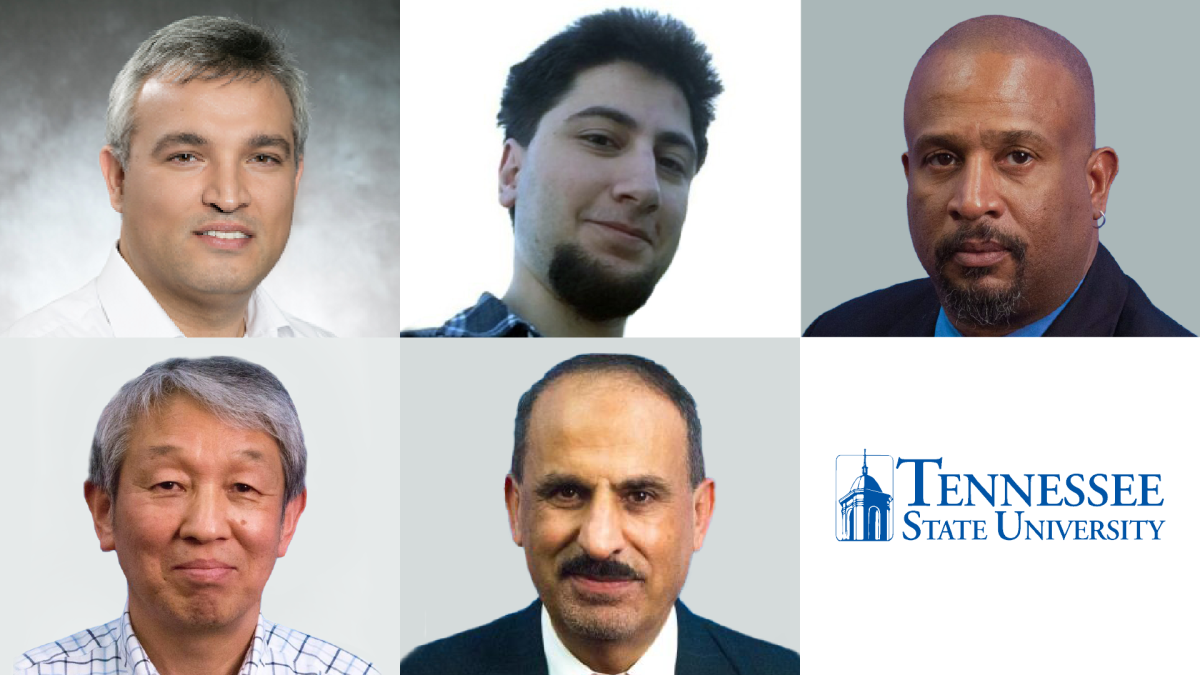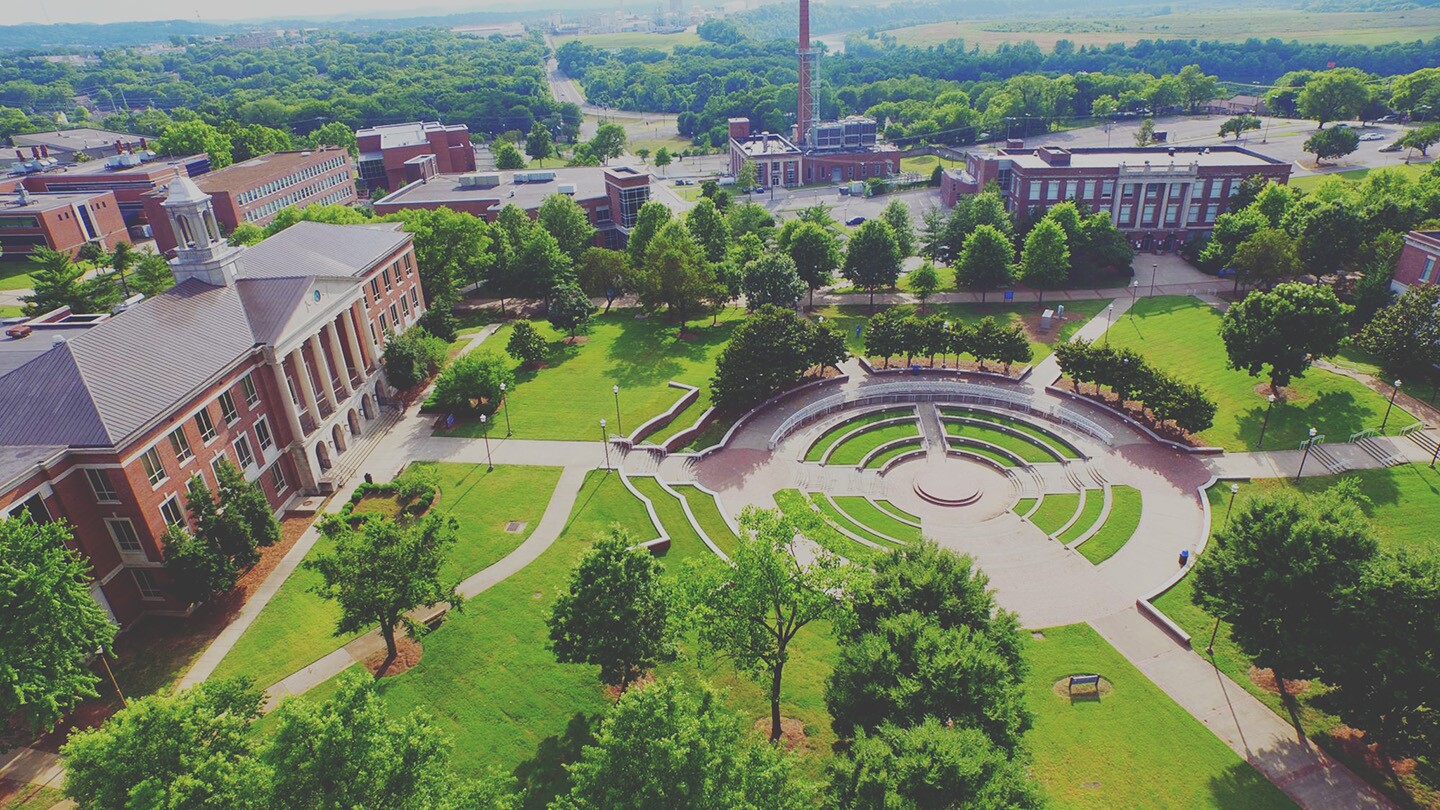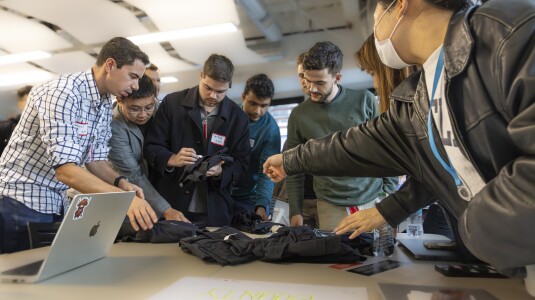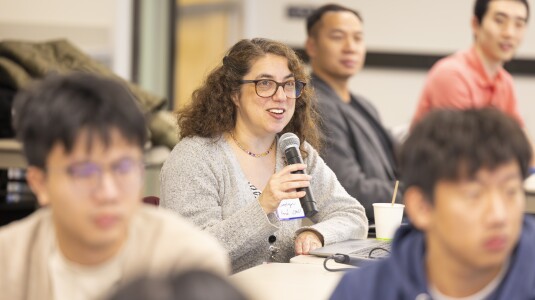In an effort to create enduring pipelines of diverse science talent and differentiated research, Amazon today announced a collaboration with Tennessee State University, a historically Black college or university (HBCU) located in Nashville.
As part of the collaboration, which will be housed in the College of Engineering, Amazon will fund faculty research projects, with an initial focus on artificial intelligence, robotics, and operations research.
“When we hosted the first research workshop at Tennessee State University last spring, we were impressed with the staff and faculty supporting research in the areas of AI, robotics, and logistics,” said Tye Brady, Amazon Global Robotics chief technologist. “Now, only eight months later, we are seeing novel research taking root at TSU and could not be more thrilled about the innovation taking place and the partnerships we have formed.”
“It is great to see the support for TSU faculty research from the Amazon Research Gift Program,” said Lin Li, interim dean, College of Engineering. “The program is innovative and will empower our engineering faculty with research support and innovative technology, helping them to become the next generation of technical leaders.”
As a component of these awards, faculty are assigned an Amazon research liaison who will stay in regular contact with the awardee for the duration of the project. Amazon research liaisons are technical subject matter experts who stay informed about the progress of the project and serve as a bridge to Amazon’s scientific community.
“Our work with top engineering researchers at TSU is paving the way for important breakthroughs in human-robot teaming, autonomous mobility navigation optimization, and robust damage detection data synthesis,” said Guy Sereff, senior manager of software development in Amazon Fulfillment Technologies, who is also serving as an Amazon research liaison.
In November, Amazon scientists visited Nashville to engage with TSU faculty from strategic research domains. Amazon scientists and TSU faculty discussed common research domains and areas of interest. There was also an information session for students on opportunities at Amazon for graduate students.

What follows is information about the funded research projects and the faculty recipients:
“Defect synthesis with robust generative adversarial networks for damage detection”
Ali Sekmen, chair of the Computer Science Department and computer science professor; and Bahadir Bilgin, research associate, computer science
“This research focuses on development of robust generative adversarial network (GAN) architectures that can create simulated damage artifacts or samples for automated visual damage detection and identification. A GAN has generative and discriminative models that minimize two competing loss functions. In the proposed approach, images of normal and defected samples are considered to lie on two manifolds. Simultaneous training of generative and discriminative models aims at keeping images of synthesized defect samples close to these manifolds. The generative model minimizes manifold separations that are indirectly measured by the discriminative model. This research also proposes to improve our existing research on manifold separation metrics that is particularly suited for synthetic defects. Diverse application areas include building health monitoring, production line inspections, and medical imaging.”
“A human information processing approach to derivation of human intent for mobile robots operating in dynamic environments”
Charles D. McCurry, associate professor, electrical and computer engineering; and Saleh Zein-Sabatto, professor, electrical and computer engineering
“This proposal presents an approach to simulate and model human intent with respect to their movement in a dynamic environment by a mobile robotic platform using an architecture designed to mimic key characteristics of human information processing. Autonomous navigation for mobile robots in complex environments has long been an active research topic in the robotics community and can be traced back to the 1990s. Although sensor technology has improved tremendously, along with machine learning theory and applications, there has not been as much focus on how robots should actually ‘think’ in dynamic environments as they perform actions to achieve their goals.”
"Real-time navigation and optimal decision-making for autonomous mobility systems using Al/ML"
Lee Keel, professor, electrical and computer engineering; Saleh Zein-Sabatto, professor, electrical and computer engineering
“The aim of the research is to develop a planning, navigation, and decision-making algorithm and software using Al/ML for mobile platforms' optimal operations to safely navigate in complex and unpredictable dynamic environments. The objective is to develop an optimal real-time path computation algorithm for mobile platforms under constraints that are applicable to industries. The constraints include: 1) each destination has a priority, 2) a path must be selected from the constraints, e.g., specific path maps, 3) conditions of the path such as congestion and, 4) constraints are subject to change in real-time.”





